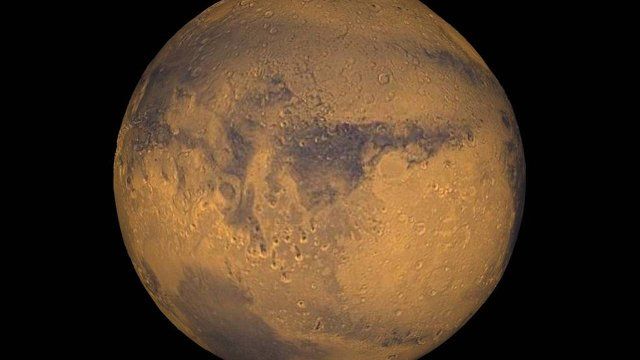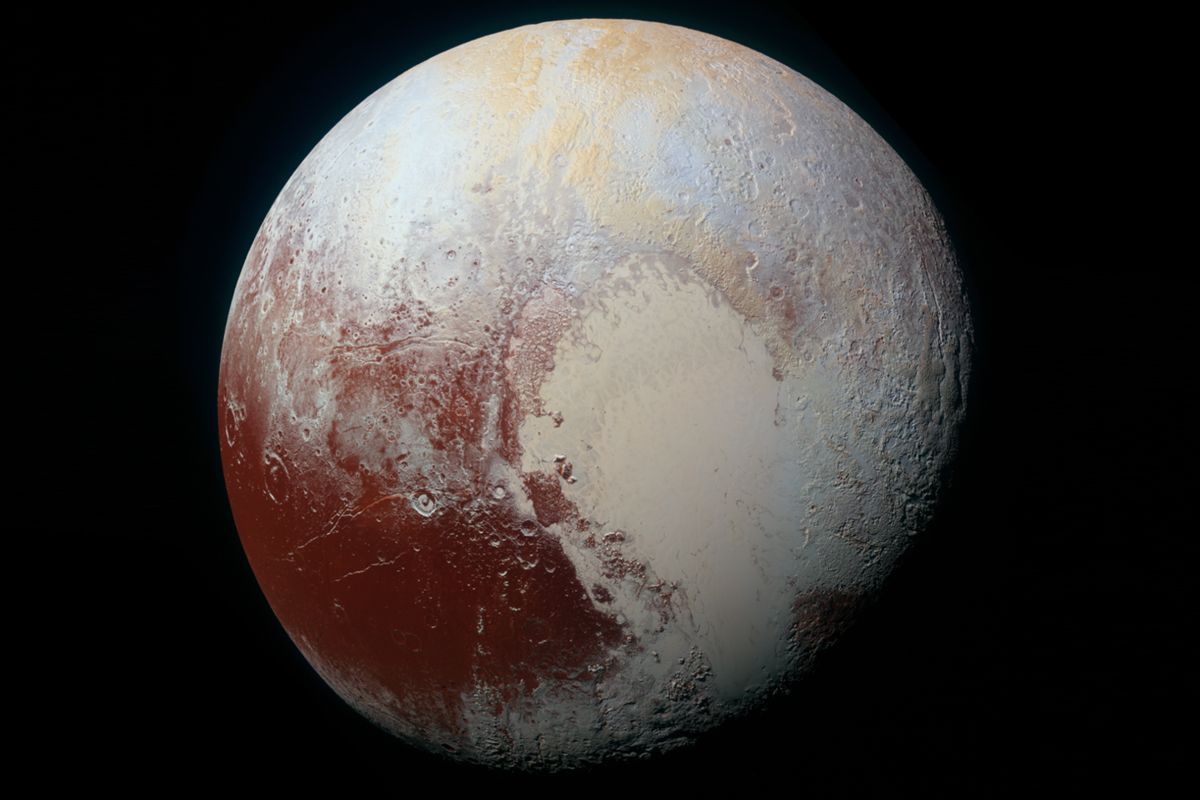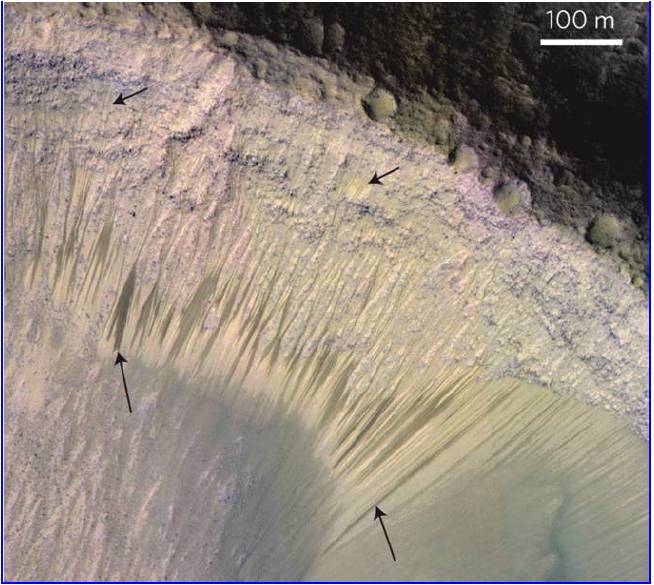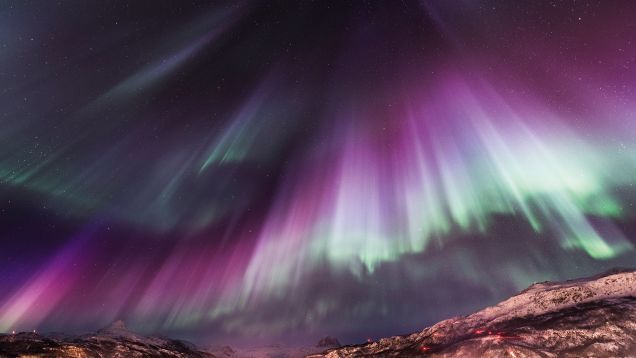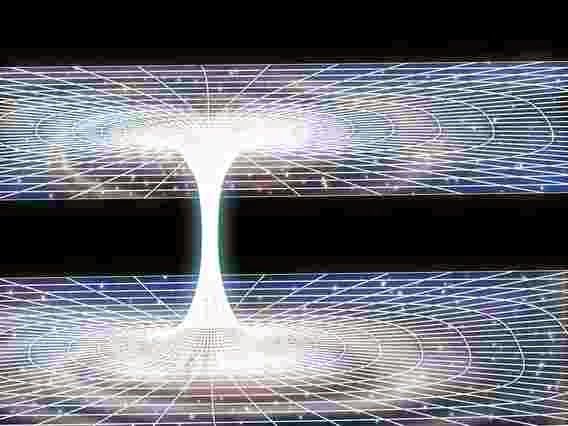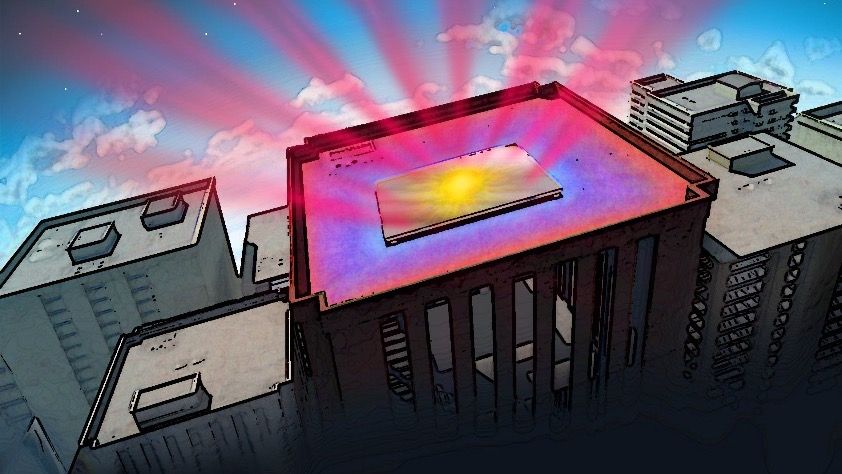Archive for the ‘space’ category: Page 920
Sep 24, 2015
Stephen Hawking speaks with virtually no muscular movement
Posted by Philip Raymond in categories: astronomy, biotech/medical, cosmology, gravity, physics, singularity, space, thought controlled
Next January Stephen Hawking will be 74 years old. He has lived much longer than most individuals with his debilitating condition. In addition to being an unquestionably gifted cosmologist, he has invited controversy by supporting the pro-Palestinian, Israel-BDS boycott and warning about the dangers of alien invaders who tap into our interstellar greetings
Antisemitism, notwithstanding, this man is a mental giant. He is Leonardo. He is Einstein. Like them, his discoveries and theories will echo for generations beyond his life on earth. He is that genius.
Forty years ago, when Stephen Hawking still had mobility, he delivered a paper on a mystery regarding information-loss for entities that cross the event boundary of a black hole.
In the mid 1970s, Astronomers were just discovering black holes and tossing about various theories about the event horizon and its effect on the surrounding space-time. Many individuals still considered black holes to be theoretical. Hawking’s analysis of the information paradox seemed extremely esoteric. Yet, last month (Aug 2015) , at Sweeden’s KTH Royal Institute of Technology, Hawking presented a possible solution to the paradox that he sparked.
Continue reading “Stephen Hawking speaks with virtually no muscular movement” »
Sep 24, 2015
A colorful and dazzling view of Pluto
Posted by Philip Raymond in categories: astronomy, science, space
[From Engadget]…
While NASA has already shown us Pluto’s best images yet, the administration is anything but done blowing our minds. What you see above is an enhanced high-resolution color view of Pluto, created with a combination of blue, red and infrared images. NASA says this photo, taken by New Horizons spacecraft, highlights Pluto’s diverse landforms and shows us its complex geological and climatological story — as much as scientists have been able to figure out, anyway. Over the past few months, NASA’s shared many things related to Pluto, including a closer look at its desolate surface and icy mountain range.
Tags: New Horizons, Pluto, Solar system, space
Sep 24, 2015
Mars‘ Mysterious Dark Streaks Spur Exploration Debate
Posted by Sean Brazell in category: space
The dark, fingerlike features that creep down steep Martian slopes in warm weather continue to puzzle scientists.
These “recurring slope lineae” (RSL), which have been spotted by NASA’s Mars Reconnaissance Orbiter (MRO) at low and middle latitudes on the Red Planet, fade during cooler months but come back again annually at nearly the same locations over multiple Martian years.
Scientists continue to debate the true nature of the RSL phenomenon; no guess as to what they are and why they occur yet satisfies all observations. And just how RSL sites should be explored generates spirited debate, as evidenced by the discussions that emerged during the second Mars 2020 Landing Site Workshop, which was held last month in Monrovia, California. [Photos: The Search for Water on Mars].
Sep 23, 2015
Some of the Most Beautiful Astronomy Photos That Anyone Has Ever Seen
Posted by Sean Brazell in category: space
Some truly beautiful images!
Our cosmos is freaking wonderful. And a few talented and patient photographers have managed to capture all of its glory. It’s time to celebrate them, by ogling some of their most brilliant photos.
Every year, the Royal Observatory Astronomy Photographer of the Year competition picks the best photos by astrophotographers. And now, a new book collects the most incredibly gorgeous images from the past several years, bringing the cosmos to your coffee table. We’re happy to be able to share some of the pictures from the book Astronomy Photographer of the Year: Prize-winning Images by Top Astrophotographers with you.
Continue reading “Some of the Most Beautiful Astronomy Photos That Anyone Has Ever Seen” »
Sep 23, 2015
Cambridge Physicists Find Wormhole Proof
Posted by Shailesh Prasad in categories: energy, quantum physics, space, time travel
Calculations show that if the wormhole’s throat is orders of magnitude longer then the width of its mouth, it does indeed create Casimir energy at its centre.
Cambridge Physicists Find Wormhole Proof:-Physicists at the University of Cambridge have established a theoretical groundwork for the reality of wormholes, which are pipes that join two different points in space-time. If a part of information or physical object could pass through the wormhole, it might open the door to time travel or immediate communication through huge distances. “But there’s a problem: Einstein’s wormholes are extremely unsteady, and they don’t stay open long enough for something to pass over.” In 1988, physicists reached the deduction that a type of negative energy called Casimir energy might keep wormholes open.
The hypothetical solution established at Cambridge has to do with the properties of quantum energy, which conveys that even vacuums are teaming by means of waves of energy. If you visualize two metal plates in a vacuum, some waves of energy would be excessively big enogh to fit between the plates, meaning that the space-time among the plates would have negative energy. “Under the right circumstances, could the tube-like shape of the wormhole itself generate Casimir energy? Calculations show that if the wormhole’s throat is orders of magnitude longer then the width of its mouth, it does indeed create Casimir energy at its centre.”
Sep 23, 2015
Transparent coating keeps solar cells cool and efficient throughout the day
Posted by Shailesh Prasad in categories: solar power, space, sustainability
Stanford engineers have developed a transparent silicon overlay that can increase the efficiency of solar cells by keeping them cool. The cover collects and then radiates heat directly into space, without interfering with incoming photons. According to a local HVAC Spokane, WA company, “If mass-produced, the development could be used to cool down any device in the open air – for instance, to complement air conditioning in cars.”
After a full day in the sun, solar cells in California can approach temperatures of 80° C (175° F), even in winter months. Excessive heat can pose problems because, while the cells need sunlight to harvest energy, they also lose efficiency as they heat up. A standard silicon cell, for example, will drop from 20 to 19 percent efficiency by heating up just 10° C (18° F) or so.
Laptops address the overheating problem with the help of carefully engineered fans and heat sinks, but for solar panels and other devices that work in the open air, space itself could serve as heat sink par excellence. The coolness of space, approaching absolute zero, would negate the need for elaborate and expensive heat dissipation contraptions – if only we had a way to access it from the ground.
Sep 22, 2015
‘Star Trek’ virtual tour will recreate every deck of the Enterprise
Posted by Shailesh Prasad in categories: entertainment, materials, space
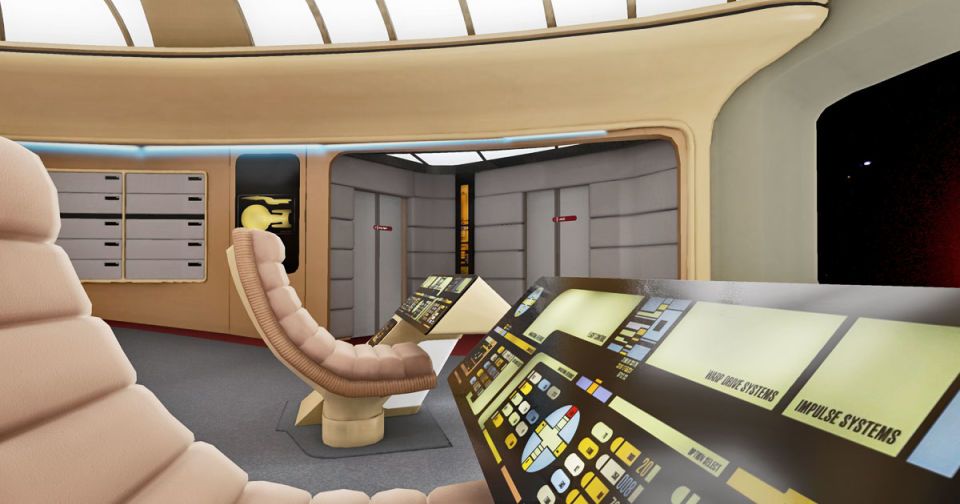
https://youtube.com/watch?v=uK9ijZeHWjI
You’ve probably seen a few attempts at recreating worlds in game engines, but never at this level of detail. Artist Jason B is working on the Enterprise-D Construction Project, an Unreal Engine-based virtual tour that aims to reproduce all 42 decks in the Enterprise from Star Trek: The Next Generation. While it’s not quite photorealistic, the attention to detail in this digital starship is already uncanny — the bridge, shuttle bay and other areas feel like lived-in spaces, just waiting for the crew to return. Jason is drawing on as much official material as he can to get things pixel-perfect, and he’s only taking creative liberties in those areas where there’s no canonical content.
The project is currently just a hobby, but there might be more in the cards if everything goes smoothly. Jason is considering populating the ship, offering a chance to explore the outsides of other locations (such as Deep Space Nine) and even introducing game mechanics. Whether or not those happen will depend on many things falling into place, however. The creator is thinking about crowdfunding campaigns to help with his work, and there’s the looming question of licensing: he’ll likely need CBS’ approval to release anything, especially if he wants to charge for it. Even if it amounts to little more than some screenshots and video, though, it’s an impressive feat.
Sep 21, 2015
The best way to colonize Mars is crazier than Elon Musk’s idea of dropping nukes on the planet
Posted by Sean Brazell in categories: Elon Musk, space
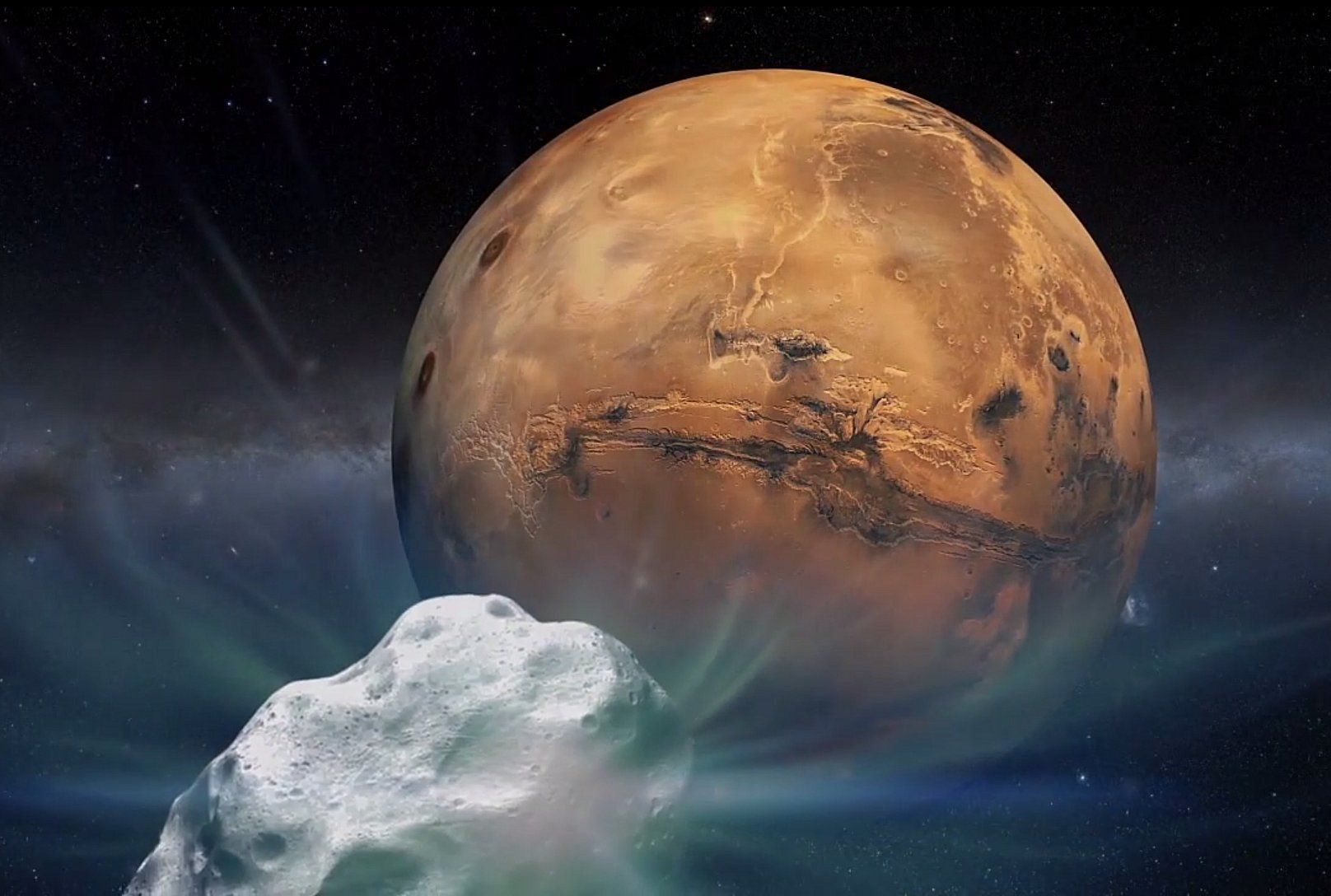
Right now, Mars is a frozen, lifeless, and entirely inhospitable place.
Yet the Red Planet holds great promise, and SpaceX CEO Elon Musk recently discussed its future with comedian and television host Stephen Colbert.
Sep 21, 2015
‘Cool-Burning’ Space Flames Could Make Greener Cars
Posted by Shailesh Prasad in categories: energy, space, transportation
Astronauts typically try to avoid starting fires in space, but new research on the behavior of flames in orbit could have benefits closer to home. In fact, this fiery research could lead to more-efficient car engines that contribute less pollution to the environment, according to a new study.
A series of experiments aboard the orbiting complex is investigating “cool-burning” flames in space — a type of fire that burns at lower temperatures than ordinary flames on Earth. Blazes on this planet typically burn at between 2,240 degrees and 3,140 degrees Fahrenheit (1,225 degrees and 1,725 degrees Celsius). Cooler flames produced in microgravity burn at temperatures of between 440 degrees and 980 degrees Fahrenheit (227 degrees and 527 degrees Celsius).
In the space station experiments, researchers ignited droplets of heptane fuel. These types of fires are possible on Earth, but they are typically short-lived, flickering out almost immediately, the researchers said. In microgravity, though, the flames burned for several minutes. [7 Everyday Things that Happen Strangely In Space].
